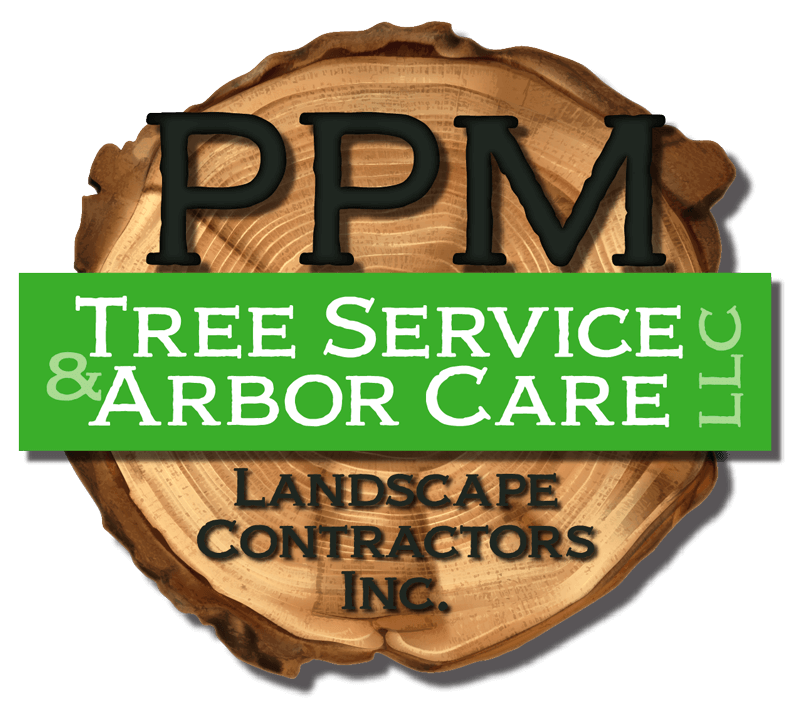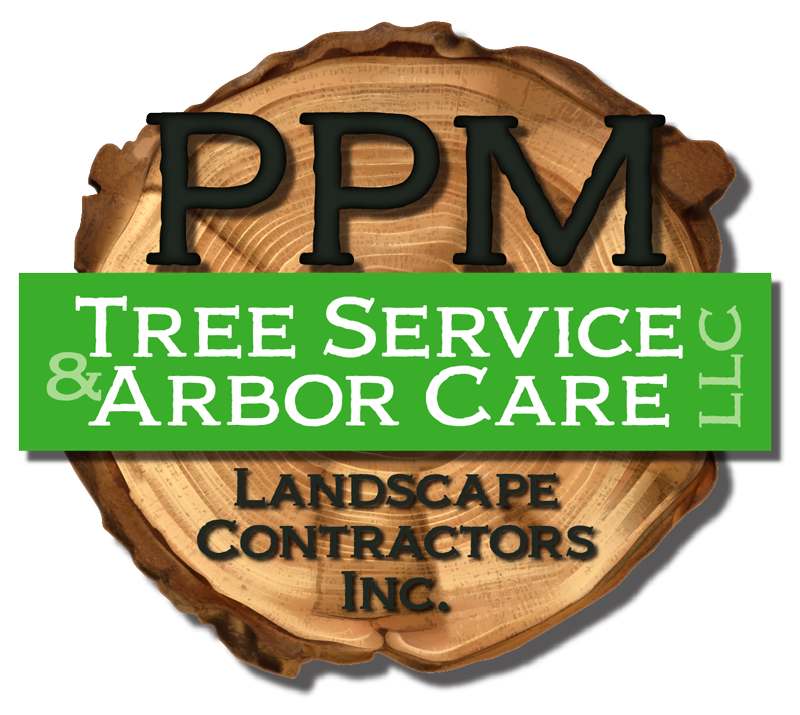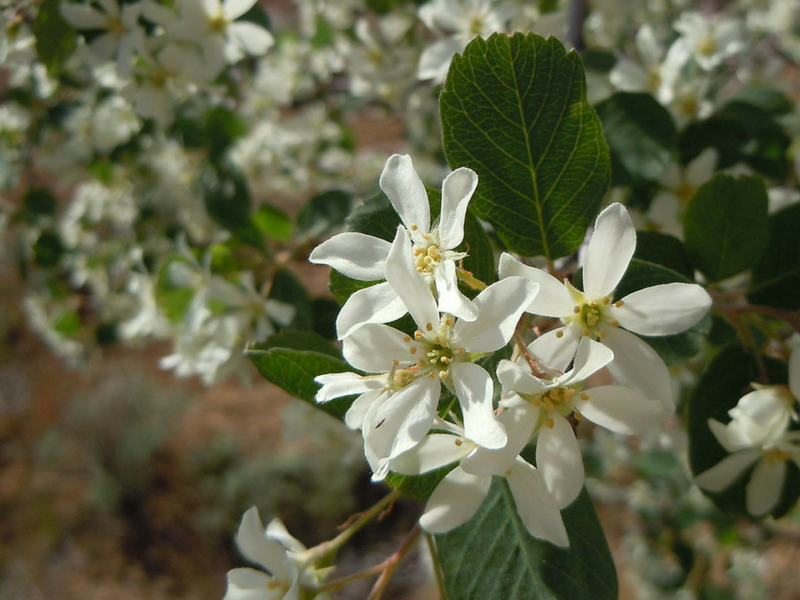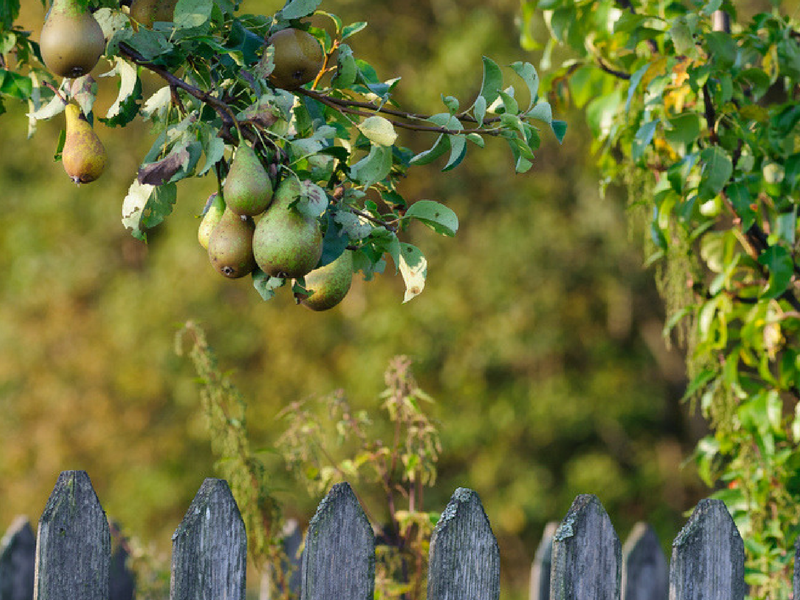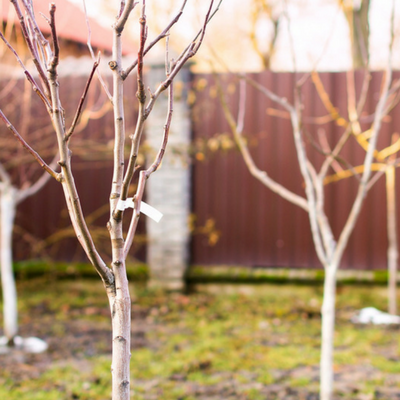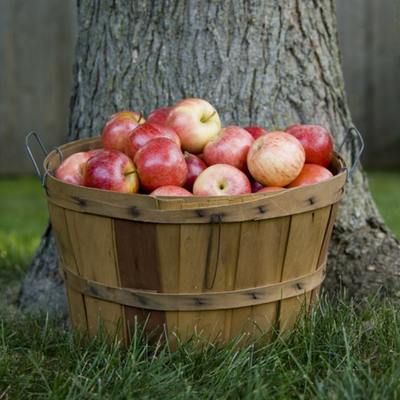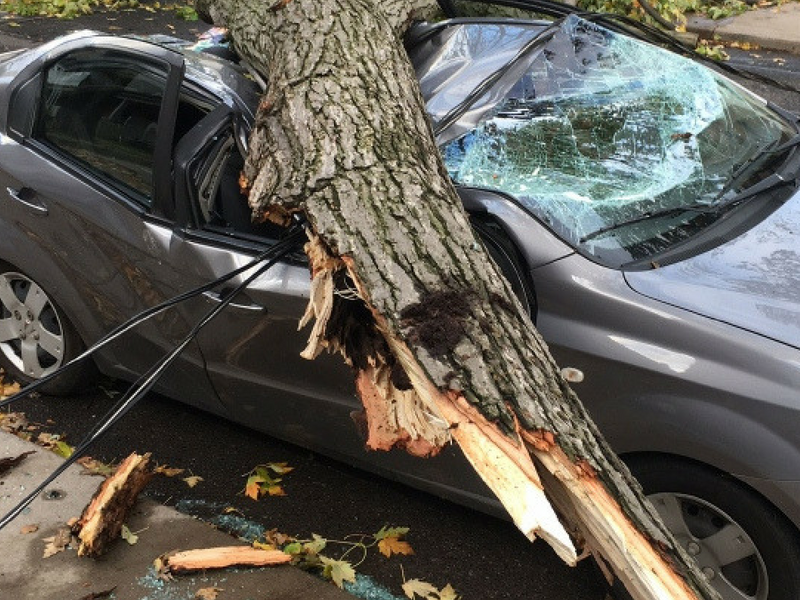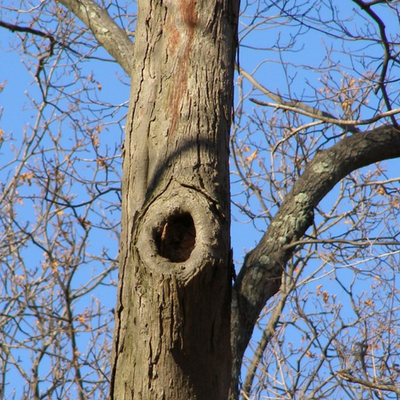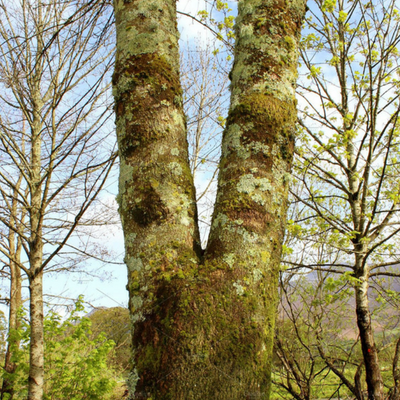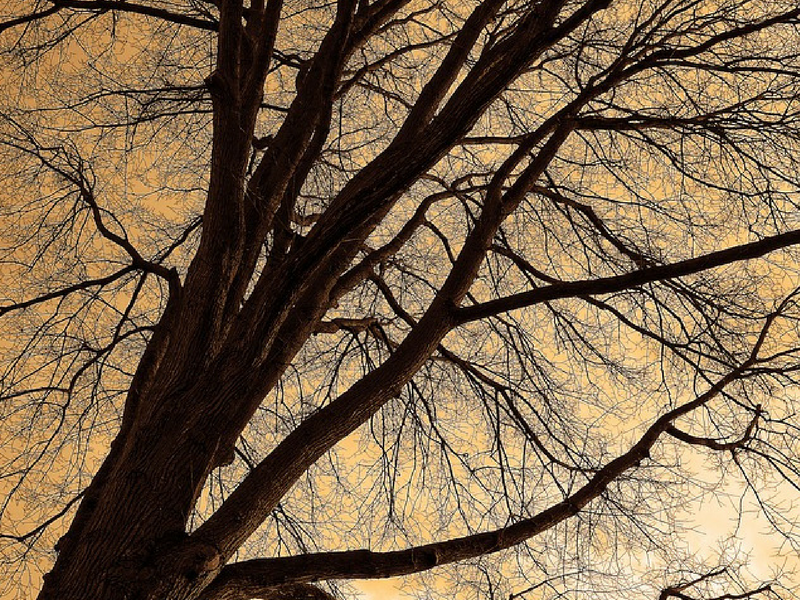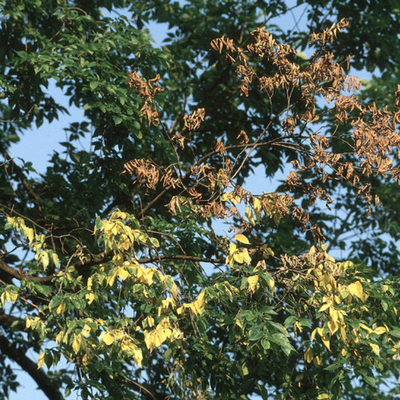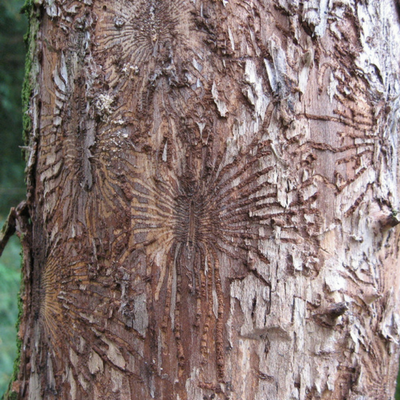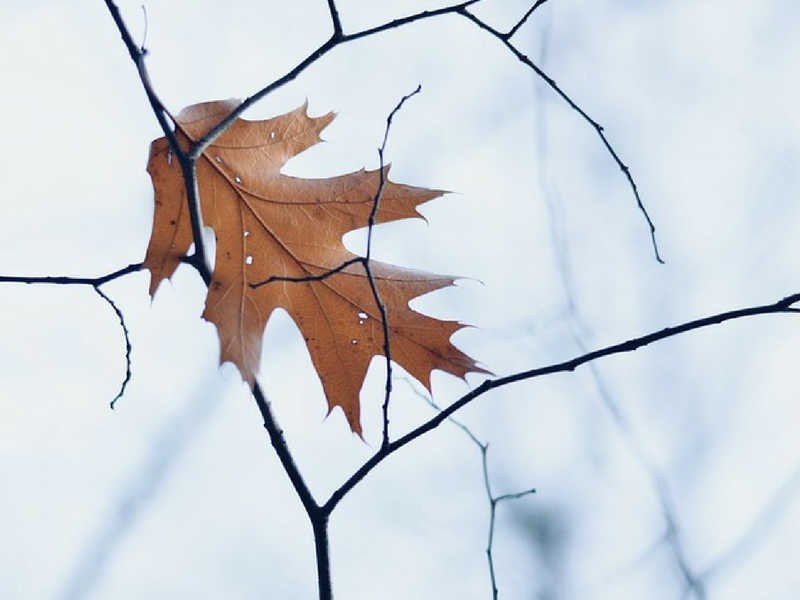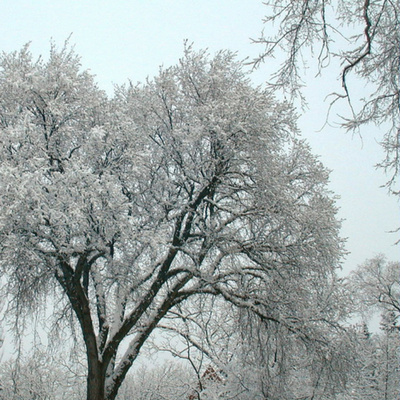5 Beautiful Flowering Trees that Thrive in Michigan
Everyone wants beautiful landscaping, but most have no idea how to go about it. While you can go to a nursery and pick out plants that look nice, you’re essentially shooting in the dark. Do you know what it takes to care for those plants? Will they survive the harsh weather in Michigan?
Amazing landscaping begins with clever planning. Flowering trees are an excellent way to beautify your outdoor spaces, but you need to go with the right kinds. PPM Tree Service & Arbor Care, LLC has put together this guide to help you choose trees that will not only survive the brutality of the weather in Michigan but will thrive, staying healthy and strong for years.
Hophornbeam
These medium-sized trees grow naturally in Michigan, so you know they’re able to survive the harsh winters and boiling heat of summer. They grow to about 40 feet in height. The male catkins flower in the middle of spring, turning a yellow-brown. In about the middle of the summer, the catkins turn green and resemble hops clusters.
These trees aren’t easy to establish in your soil. But, once they’re acclimated to your outdoor space, you can count on them lasting for a long time.
Serviceberry
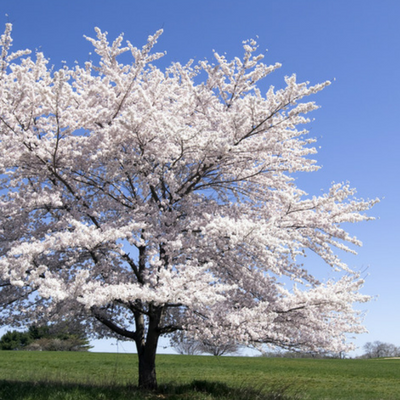
This naturally-growing tree is a somewhat common sight in Michigan, demonstrating it will thrive through all four seasons. They typically grow to be about 25 feet in height, with an overall rounded and attractive look. The leaves are oval and can be up to three inches wide, providing great shade in the summer.
Late each spring, you’ll be treated to the buds bursting into five-petaled white flowers that feature bright pink anthers. This will make you look forward even more to the end of winter and the beginning of the growing season. The small fruit starts off green, then transforms to red and finally deep purple.
Kentucky Coffeetree
This tree grows naturally in Michigan, but it needs an area with full sun, plus moist, well-drained, and rich soil. Once established, it’s quite drought-resistant. Full-grown, this is a large tree, reaching upwards of 80 feet in height. The compound leaves are also large, measuring upwards of two feet wide and three feet long, making this an excellent shade tree.
In late spring, this tree really puts on a show. Greenish-white flowers form in pyramidal clusters you can’t miss, even from far away. Flowers on female trees produce a scent like roses.
Alternate Leaved Dogwood
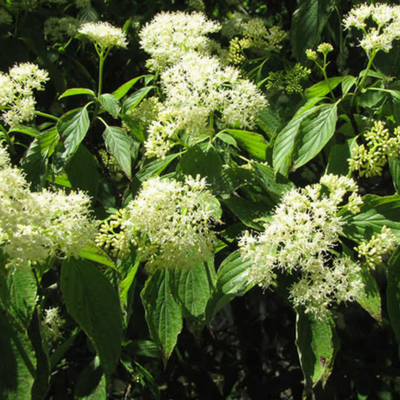
People usually don’t even consider this small native tree for their landscaping. It typically grows to about 15 or 20 feet tall, allowing you to place this tree where others might not normally fit. This species likes to grow in partial shade, but it will still do well in an area with full sun.
The branches grow out horizontally, with the leaves clustered toward the ends. Tiny four-petaled white flowers that are arranged in flat-topped bunches look amazing during May or June when they’re in full bloom. Small fruits turn blue when they mature, adding to the visual appeal of this tree.
Native Plants
You’ll notice all these trees are native to Michigan. They require less care because such trees are well-adapted to the climate. But that doesn’t mean they don’t need watering, pruning, fertilization, and other maintenance to thrive.
To keep these trees in excellent health and looking amazing, contact us at PPM Tree Service & Arbor Care, LLC.
